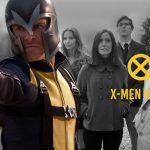X-Men Week: How ‘X-Men: First Class’ Realizes The Franchise’s Potential
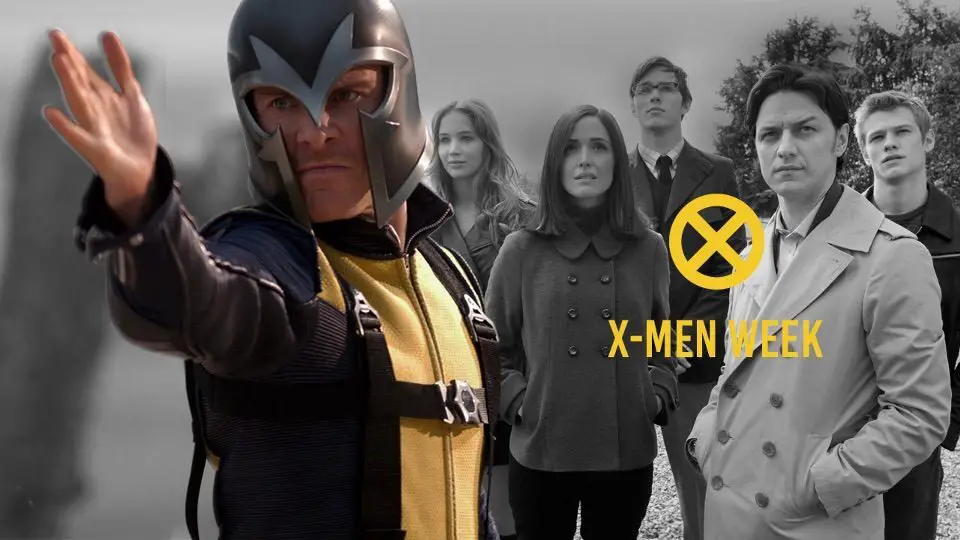
In the week leading up to the release of Dark Phoenix, Full Circle are doing a series of articles culminating with our review of Dark Phoenix on Friday. This article is part 4 in a 5 part series. Read the previous entry here.
Since its inception, the X-Men film franchise has been at the forefront of revolutionizing the superhero movie genre. It opened the gateway for R rated superhero films with Deadpool, cleared a path for more character-driven stories with The Wolverine and Logan, and even started the modern era for the genre with 2000’s X-Men. Despite all of these accomplishments, the franchise has repeatedly faced criticism for not being a proper adaptation of the franchise. That’s where X-Men: First Class comes in.
Ostensibly a prequel to the original trilogy, X-Men: First Class enlists writer-director Matthew Vaughn to take the reins of the franchise. After watching this film, it’s hard not to be disappointed he never returned in that capacity. Simply put, First Class stands not only as one of the best superhero films of the modern era, but it also fully realizes the potential of translating the X-Men comics to screen.
To better explain this, let’s dive into all the aspects that make X-Men: First Class such a special film.
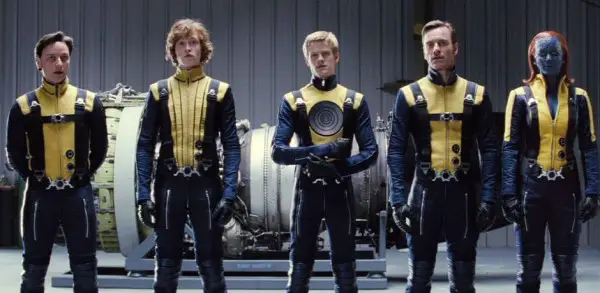
Setting
Right off the bat, the most noticeable difference from the other films in the franchise is its 1960s setting. Making the film a period piece allows for some groovy costumes and lavish retro cinematography from John Mathieson, both of which are fundamental to its own distinct flavor. Furthermore, there’s a significant thematic relevance to putting the film in this setting.
The X-Men themselves were created in the ’60s to combat prejudice. It was a time of extreme social unrest where the battle for civil rights was in full swing. Not only that, the Cold War was in full swing with outsiders such as Russia seen as a threat to U.S. soil. By placing the X-Men in this era, you get to see how the mutants are perceived both as a threat and deprived of their civil liberties.
Previous films touched on these themes, most notably in the first two X-Men entries. But placing them in the time where the X-Men were created allows for a better understanding of just what the X-Men represent. Tying them into historical events such as the Cuban Missile Crisis is just the icing on the cake.
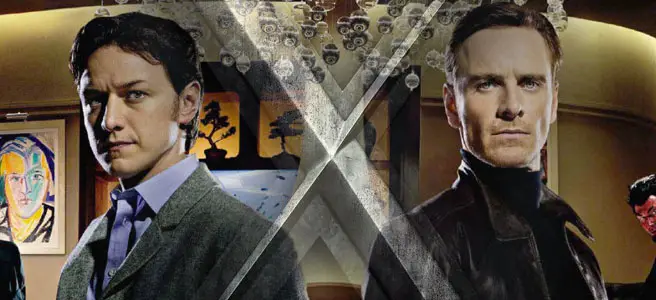
Xavier, Erik, and Raven
If the X-Men represent the outsiders, no one in the film represents that better than the film’s core trinity of Charles Xavier/Professor X (James McAvoy), Erik Lehnsherr/Magneto (Michael Fassbender), and Raven Darkholme/Mystique (Jennifer Lawrence). Xavier, played with irresistible charm by McAvoy, is comfortable in the spotlight because he passes for what society sees as normal. His mutant powers aren’t apparent, so he has the privilege of trying to be a diplomat; a somewhat self-serving, though well-intentioned, liaison between mutants and non-mutants.
Lehnsherr, on the other hand, couldn’t be more different. After being subjected to the horrors of a concentration camp as a child, he grows bitter and vengeful towards the man who killed his mother, Sebastian Shaw (Kevin Bacon). Fassbender brings an intense conviction to the role. He’s a revolutionary ready to get his hands dirty to ensure mutants get their fair share.
Then there’s Raven. Lawrence’s vulnerable nature in the role provides a foundation for who Raven is: somebody who wants desperately to be their self in the face of scrutiny. She shares the propriety of Xavier but longs to take the revolutionary actions of Magneto. She struggles desperately with her own identity throughout the course of the film.
All three characters represent the core of the X-Men: the fight against oppression. Their unique perspectives show that the fight is not at all simple and that revolution can be messy. It’s no wonder that the films that followed in the franchise leaned heavily on these three.
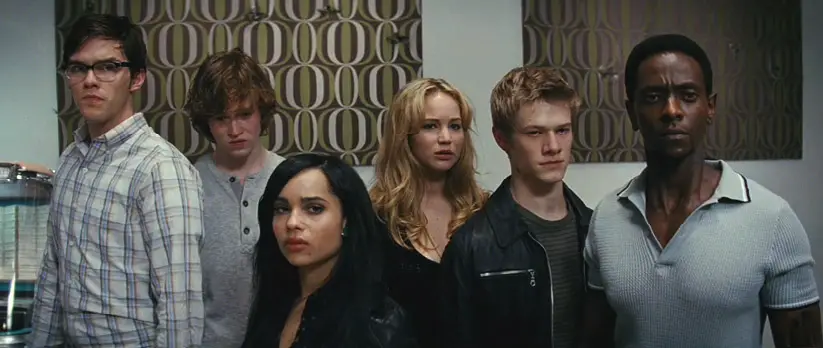
The Team
Setting aside its notable political themes, another notable aspect of the X-Men is its rotating cast of “gifted youngsters”. No film in the franchise has nailed this aspect like X-Men: First Class.
There’s Hank McCoy/Beast (Nicholas Hoult) who, like Raven, struggles to accept his own identity until releasing it in a moment of catharsis. There is also snarky teenager “Banshee” (Caleb Landry Jones) who learns to fly with his sonic screaming ability, and Alex Summers/Havok (Lucas Till), a literal hothead contending with the fact that he’s able to shoot laser beams out of his body.
These are all colorful characters that are extremely likable, as well as well-defined. In an X-Men story, you need that ragtag group of heroes for Xavier to mentor, and this film fits that bill.
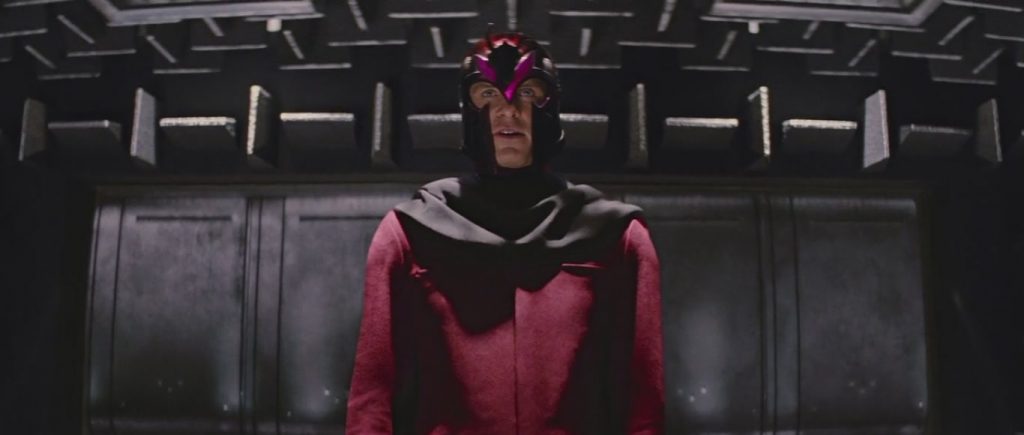
The Story
Lastly, the aspect of X-Men: First Class that really soars is its storyline. At its core, X-Men: First Class is the story of the friendship between Xavier and Erik, two outcasts who find solace in each other against the injustice done to them by the world. Along with Raven, they succeed in forging something great in a team of young mutants. But as Sebastian Shaw attempts to start a war in the name of humankind, they’re slowly torn apart.
Usually, X-Men stories take place far after the falling out between Xavier and Erik, though their history is constantly alluded to. By actually exploring that history, it makes the X-Men stories we “know and love” feel all the more significant. First Class isn’t scared to end in an uncomfortable place, with friendships shattered and the conflict between humans and mutants shattered. At the same time, that’s what makes it so impactful.
Vaughn weaves a complex but easily understandable tale about a group of outsiders and how their interactions with the world around them change them forever. Beneath its action sequences and admittedly badass moments, X-Men: First Class is the type of thought-provoking story about prejudice that Jack Kirby and Stan Lee set out to write when they created the X-Men.



